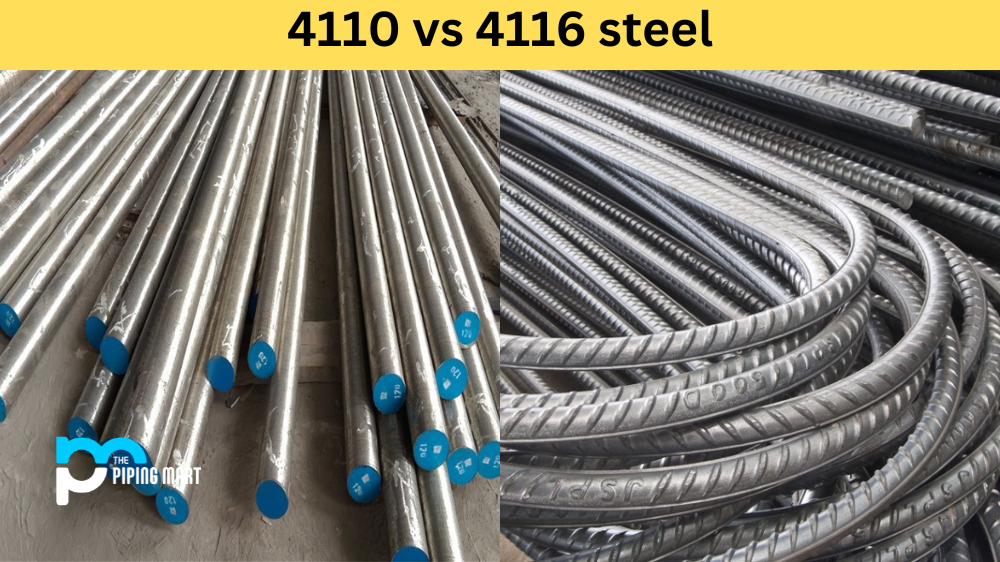Structural steel is one of the most important building materials today. It’s strong, durable, and can be shaped into virtually any size or shape. But before you can begin building with structural steel, you need to understand how to calculate the quantity and weight of the material you need for your project. This blog post will discuss the basics of calculating structural steel quantity and weight.
How is structural steel made?
Structural steel is a crucial part of modern construction, and the process of making it begins with a mixture of ore and other impurities that need to be melted down to create an alloy. This alloy is then scraped or cleaned of all non-metallic debris before being placed into a furnace and heated to temperatures as high as 2,750° Fahrenheit. From there, carbon or other elements can be added to the molten metal to achieve the desired strength and durability required for structural steel. Once these additions have been made, the material is cooled off, removing any microscopic imperfections and creating an end product far stronger than standard steel. This highly durable material is used for numerous purposes around the world, including bridges, buildings, skyscrapers, and more.
Calculate Steel Quantity
The first step to calculating structural steel quantity is to measure the length, width, and height of each section that needs to be built with structural steel. For example, if you are constructing a rectangular room that measures 10 feet by 20 feet, then you will need to calculate 10 x 20 = 200 square feet of area that needs to be covered with structural steel. Once you have measured out all sections requiring structural steel, add up each total area measurement for a total square footage measurement.
Calculate Steel Weight
Next, you will need to determine how much weight your project requires for its support structure. This calculation is based on two factors: the type of metal used in construction (e.g., A36) and the thickness of the metal being used (measured in inches). To determine how much weight your project requires for its support structure, multiply the total square footage by .2904 (which represents pounds per foot). This will give you an approximate estimate of how much weight your project needs for its support structure.
For example, if your rectangular room required 200 square feet of structural steel and was constructed using A36 metal at 1/2 inch thickness, then it would require approximately 2904 lbs (200 x .2904 = 58 lbs). However, this calculation does not include any additional supports or reinforcements needed, which may require more structural steel than what was initially calculated here.
Conclusion:
From measuring out areas needing coverage to determine the weight requirements for support structures—calculating structural steel quantity and weight is no small feat! Before beginning any construction project involving structural steel, it is important to accurately calculate these measurements to not underestimate or overestimate either requirement. This blog post provides an overview of what calculations are necessary when working with structural steel but always consult a professional engineer or contractor prior to finalizing these calculations or starting work on any projects involving structural steel, as mistakes made in these estimations can result in costly delays or even safety hazards down the line.
Sakshee is a talented blogger, with a particular focus on the Business and Metal Industry. She is passionate about sharing her insights on various metal products and helping professionals to make a better decisions.




